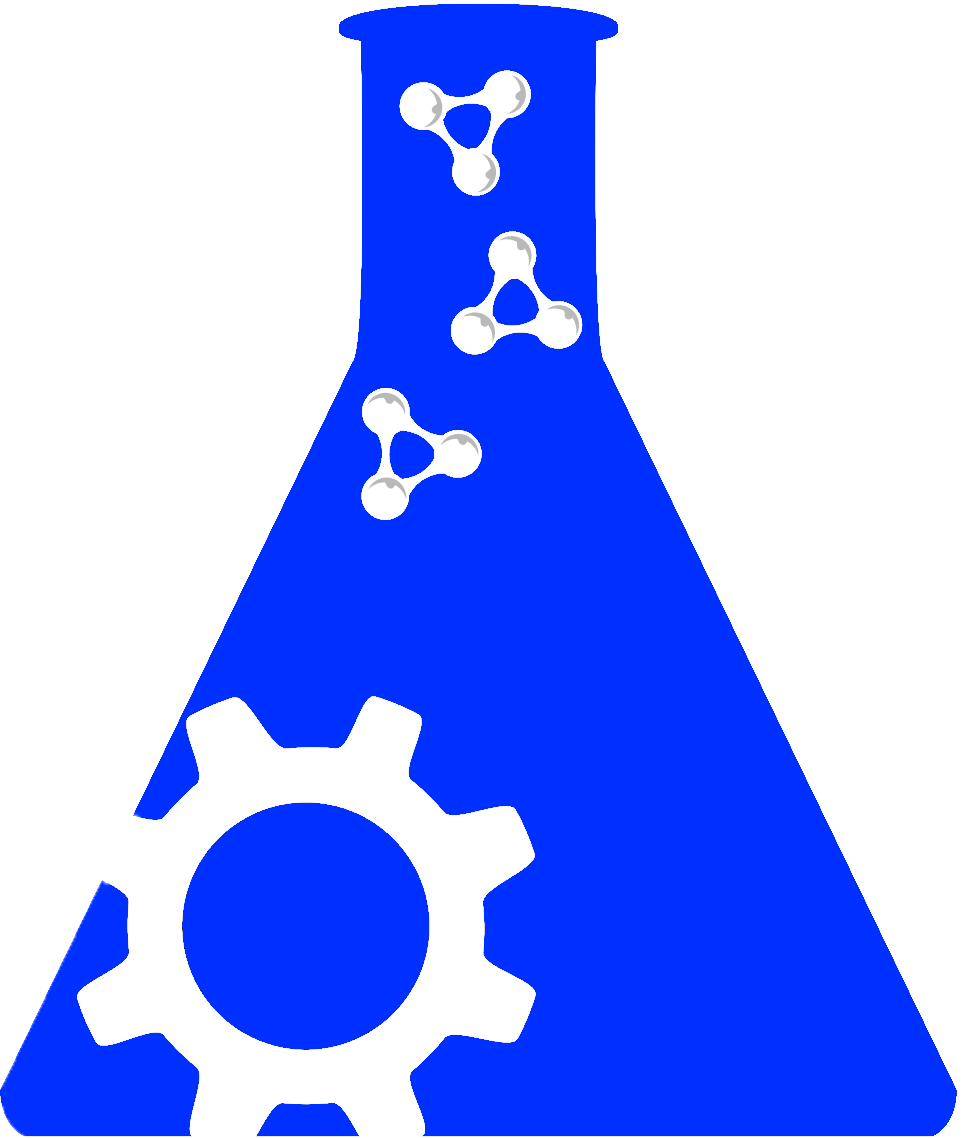Monoclonal antibodies to reovirus reveal structure/function relationships between capsid proteins and genetics of susceptibility to antibody action. (original) (raw)
Searching across hundreds of databases

Our searching services are busy right now. Please try again later
X
Forgot Password
If you have forgotten your password you can enter your email here and get a temporary password sent to your email.
X
Forgot Password
If you have forgotten your password you can enter your email here and get a temporary password sent to your email.
Journal of virology | 1991
Thirteen newly isolated monoclonal antibodies (MAbs) were used to study relationships between reovirus outer capsid proteins sigma 3, mu 1c, and lambda 2 (core spike) and the cell attachment protein sigma 1. We focused on sigma 1-associated properties of serotype specificity and hemagglutination (HA). Competition between MAbs revealed two surface epitopes on mu 1c that were highly conserved between reovirus serotype 1 Lang (T1L) and serotype 3 Dearing (T3D). There were several differences between T1L and T3D sigma 3 epitope maps. Studies using T1L x T3D reassortants showed that primary sequence differences between T1L and T3D sigma 3 proteins accounted for differences in sigma 3 epitope maps. Four of 12 non-sigma 1 MAbs showed a serotype-associated pattern of binding to 25 reovirus field isolates. Thus, for reovirus field isolates, different sigma 1 proteins are associated with preferred epitopes on other outer capsid proteins. Further evidence for a close structural and functional interrelationship between sigma 3/mu 1c and sigma 1 included (i) inhibition by sigma 3 and mu 1c MAbs of sigma 1-mediated HA, (ii) enhancement of sigma 1-mediated HA by proteolytic cleavage of sigma 3 and mu 1c, and (iii) genetic studies demonstrating that sigma 1 controlled the capacity of sigma 3 MAbs to inhibit HA. These data suggest that (i) epitopes on sigma 3 and mu 1c lie in close proximity to sigma 1 and that MAbs to these epitopes can modulate sigma 1-mediated functions, (ii) these spatial relationships have functional significance, since removal of sigma 3 and/or cleavage of mu 1c to delta can enhance sigma 1 function, (iii) in nature, the sigma 1 protein places selective constraints on the epitope structure of the other capsid proteins, and (iv) viral susceptibility to antibody action can be determined by genes other than that encoding an antibody's epitope.
Pubmed ID: 1719233 RIS Download
Associated grants
- Agency: NINDS NIH HHS, United States
Id: 2 P50 NS16998 - Agency: NIAID NIH HHS, United States
Id: K11 AI00610
